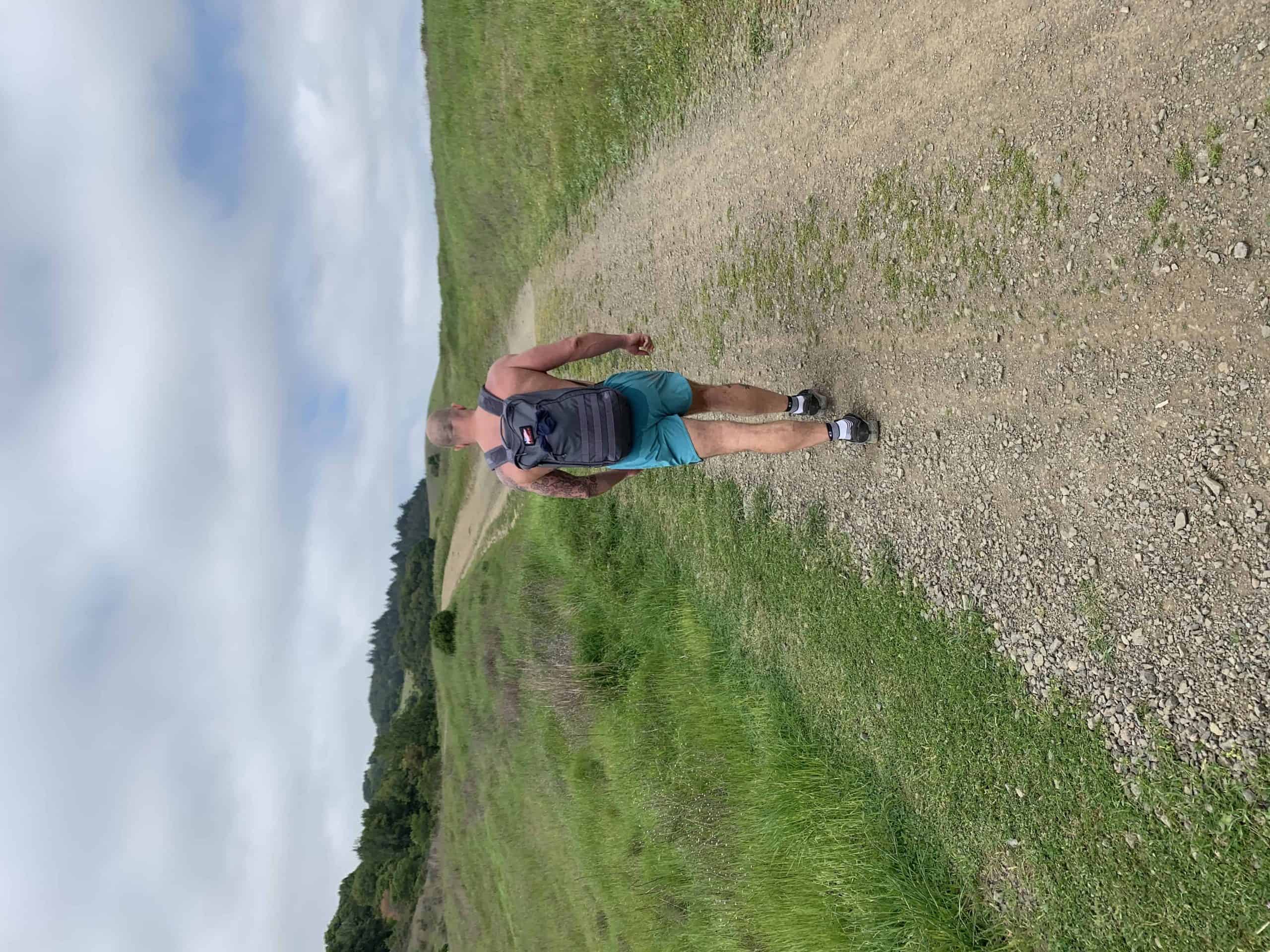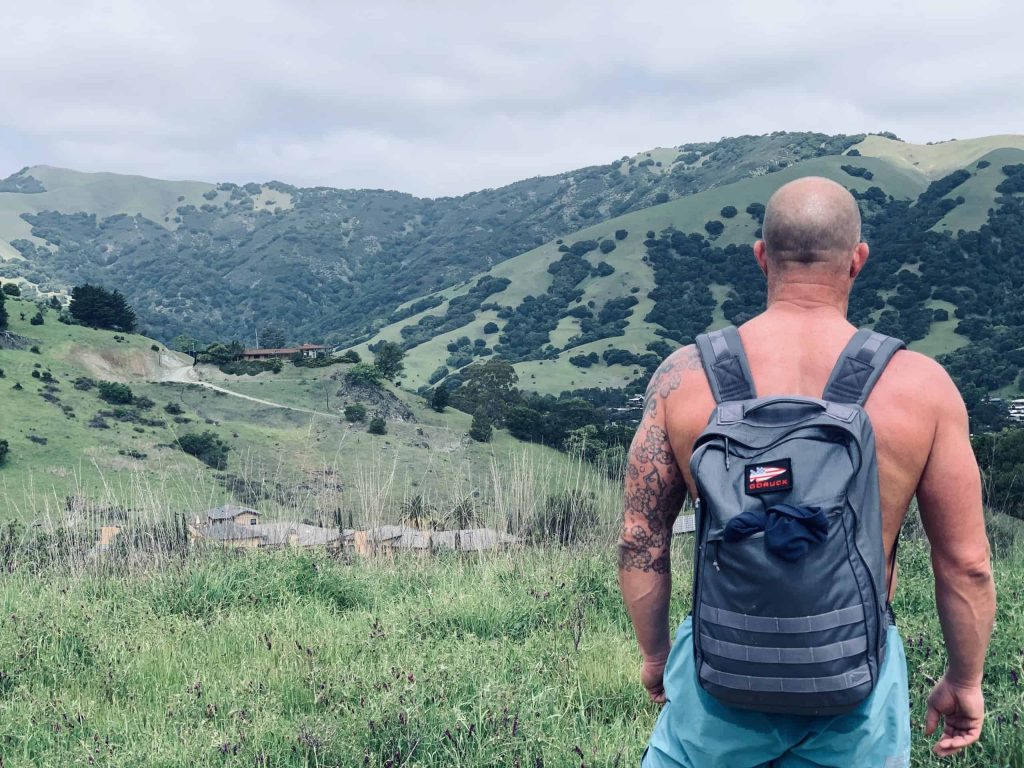Why You Should Walk More
A decade ago I was far more extreme.
If you had bothered to ask my younger, more upstart self about what we should be doing every day with our bodies, you were likely to get a response that included the words like; lifting weights, sprinting, brutalist cardio-respiratory conditioning, some kind of yoga gymnastics practice, etc. In retrospect, it was a little austere and severe I admit (I should get points for aspirational at least).
And this was before our communities were forever changed by the current global pandemic.
Now, as my more measured, sheltered, mature, and considered self (this actually exists), I would say you should strive to play a sport or have a physical practice that you love and bonds you to other people. You should sleep, definitely sleep. And, you need to walk more, like, a lot. Did I mention walking? (IF, of course, this is possible for you).
While I may have pulled back (a bit) on believing that everyone should have some kind of physical practice that includes deadlifting at LEAST 1.5x their body weight, I have come to believe far more that our failure to walk as much as we should is costing us a great deal of lost potential in both health and happiness.
There was a time in our recent memory where we had to move at least a little bit each day. We walked to the car, we walked to the grocery, we walked to get lunch at the office…We moved more than we may be able at the moment. As we began to shelter in place, we went from moving a little, to moving even less. It’s like we were getting the RDA of vitamin C to keep away the “movement scurvy”, and decided suddenly that we couldn’t eat the limes we’d brought on the trip!
You may recall in our piece about sitting on the ground more (Ground Game), that our very recent ancestral selves spent a great deal of time sitting and working on the ground, and walking. Experts like Phillip Beach point out that we weren’t just walking, we were carrying things while we walked (he calls this “carrying resources”). Even the US Centers for Disease Control (CDC) Activity Guidelines recommend 150 minutes of moderate physical activity a week and 75 min of vigorous activity a week. Per their suggestions this ends up being active for an hour a day.
In terms of steps (not even brisk walking), most people in the US walk under 5000 steps a day, which incidentally classifies these under movers as “clinically sedentary.” We just don’t move much because we don’t have to. And now, with shelter in place, my bet is most people are moving even less than that. I’m not alone in noticing the fact that, because exercising and moving is now much more difficult to do, we find ourselves missing the little activity we had! We have even tracked steps on our middle school daughters during rainy days and found the count to be under two thousand!
I regularly find myself lecturing to high school kids and I will often have them pull out their smartphones to do a spot check for steps. You may not know that most of our phones actually capture this information. Since most of us have our phones with us most of the time (this is for sure true when it comes to high school students), this background step-counting feature of our phones is accurate enough to get a decent step count snapshot.
The Origins of the 10K/Day Step Recommendation

Most people are familiar with the idea that we should strive for a daily step count of ten-thousand. Believe it or not, there is no reason that this number should hold the power it does. The best guesses are that our ancestral selves probably walked more than we currently do. The research suggests that modern hunter-gatherers walked somewhere between 8 and 16 kilometers a day. So, our ancestors were walking much more than we do on average.
The original step counter sold in Japan in the ’60s was called the “10k step counter.” As you might infer from the fact that Japanese health officials were trying to get people to walk more almost 60 years ago, people have been aware for some time that increasing daily movement was beneficial. The truth is that there probably isn’t a magic step count number. The ideal number is as many as you can fit into your busy schedule.
Human Health is a Hyperobject

Let’s acknowledge that the human brain is the most complex structure in the known universe. The human body then is the most complex structure in the known universe. The term for systems that are vast and complex is “Hyper Object.” This idea was coined by the theorist Timothy Morton to describe phenomena like climate change, and the internet. The reason it’s important to think about human health as a complex system is that it is sometimes difficult to see immediate relationships that may exist between the system’s inputs and outputs.
One example is an idea called non-exercise activity or “NEA.” As you might expect, NEA is all the activities of daily living that aren’t deliberate exercise (walking, gardening, cooking, etc.). Because human physiology and behavior are complex, most of us fail, for example, to appreciate that our inability to get to sleep might have something to do with the fact that we didn’t move enough during the day. In some of the elite military units with whom I’ve worked, prescribing objectively tracked daily steps has been a proven solution to untangling complex sleep problems. Once you think about it, it begins to make rational sense. Moving more during the day may allow us to accumulate enough fatigue to actually want to fall asleep (researchers call this sleep stress).
It turns out, however, that there just might be a massive amount of hidden physiological benefit to be unlocked by walking a bit more. Walking might be an elegant way to upregulate functions as diverse as increasing growth factors in the brain that affect cognition and pain, to improving cardiovascular health. Want to get rid of those cankles that you developed after your long cross country flight? Walk. Need to digest a little after a big meal? Walk. Are you insulin insensitive? Walk. Want to focus better at school? You got it. Walk. Seriously, look at it this way. It is no accident that we mated so many important human biological processes to the movement behavior that was vital to our survival as a species. Human biology can indeed feel complex and overwhelming at times. Let me simplify this for you. We were made to move.
Mechanotransduction
I appreciate that in this thrilling age of technology and advanced training techniques, the advice to “walk more” feels a little underwhelming. What I want you to appreciate is that no matter what exercise, sport or fitness practice you follow, walking will actually improve it. One of the things that we have observed over the last fifteen years of owning a gym is that people cannot work out any harder.
Modern, sophisticated training methodologies have become mainstream. You can now buy esoteric Russian training implements at Target (like kettlebells). The world has changed. What has not changed is the need for our joints and tissues to be loaded. We can go further to say that loading our tissues isn’t a choice, it’s a necessity. Mechanotransduction is a fancy word that means that our tissues need physical and mechanical input in order to organize correctly at a cellular level. If we want strong feet, we need to load them. If we want robust spinal discs, you guessed it, we need to load them. Bones, muscles, tendons, and ligaments, and fascia actually only get stronger if you load them. Remember, it wasn’t that long ago as a species that we walked and moved more. We can change this sentence to be, “It wasn’t that long ago as a species that we LOADED more.” We loaded a LOT more. Not only are we witnessing yet unseen levels of disease like diabetes, obesity, and cardio-metabolic disease, we are living in the midst of significant increases in musculoskeletal disease. One startling statistic is that we have seen an increase of 400% in ACL injuries in kids under 14 years of age. What gives? Another is that back pain is listed by the World Health Organization as the leading global cause of disability.
Have we suddenly become weaker as a species? More fragile? Or, are we failing to appreciate the set of behavioral/environmental conditions that allowed us to thrive? Something is at play here for sure.
More Bang…
As I mentioned earlier, our ancestral selves did a lot of “carrying of things” while walking. From babies to the hunt, from firewood to tubers and roots there is no doubt that we have historically always had to carry things while walking. It turns out that loaded walking, also known in its modern form as rucking, is a pretty elegant solution to exposing our bodies to greater than bodyweight loads (tissues need loading, remember?). My wife Juliet and I sometimes feel that we want to walk, but we also want a little bit more exercise. Poof, we strap on a backpack or weight vest and get walking. I even have a 50lb sandbag I carry in our local hills sometimes. I’m sure the neighbors completely understand my need to reenact – through fake exercise – the demands that my pre-historical self called “living” to support muscles and tissues that I won’t need at my computer.

Joking aside, carrying a little load in a backpack around the neighborhood has a pretty low barrier to entry and it can make getting your steps quite sporty. Rucking doesn’t require fancy equipment or technique. You were literally born for this. I have been prescribing short bouts of walking to people experiencing back pain and persistent pain for as long as I’ve been a physiotherapist. Progressing those walks by making them longer and “heavier” actually follows every principle of loading progression that exists today. Our friends over at GORUCK even make cool packs and loadable plates. They have created incredible events where crazy people can go have an adventure with their friends while carrying a loaded backpack. If that sounds like ditching school with your friends and running away from the school authorities like every good 80’s movie, then you immediately see the genius in these events. Mainly though, we are meant to walk and carry heavy things. We should be able to run, but sometimes it just isn’t appropriate while walking almost always is. Of course, our adaptive athletes obviously use their own appropriate modes of locomotion and mobility.
If we are all currently stuck at home without our gyms or our normal routines, now is the time to control what we can control. We may not have cardio equipment and barbells, but we still have our feet. IF you aren’t able to go outside, put on a backpack and just go about living in your home. IF you can go outside, make walking your job. And as always, remember that this is a long game we are all playing. We will never “win fitness” by walking enough, but we may finally find out that we can be human enough.



















TRS Virtual Mobility Coach
Guided mobilization videos customized for your body and lifestyle.
FREE 7-Day Trial